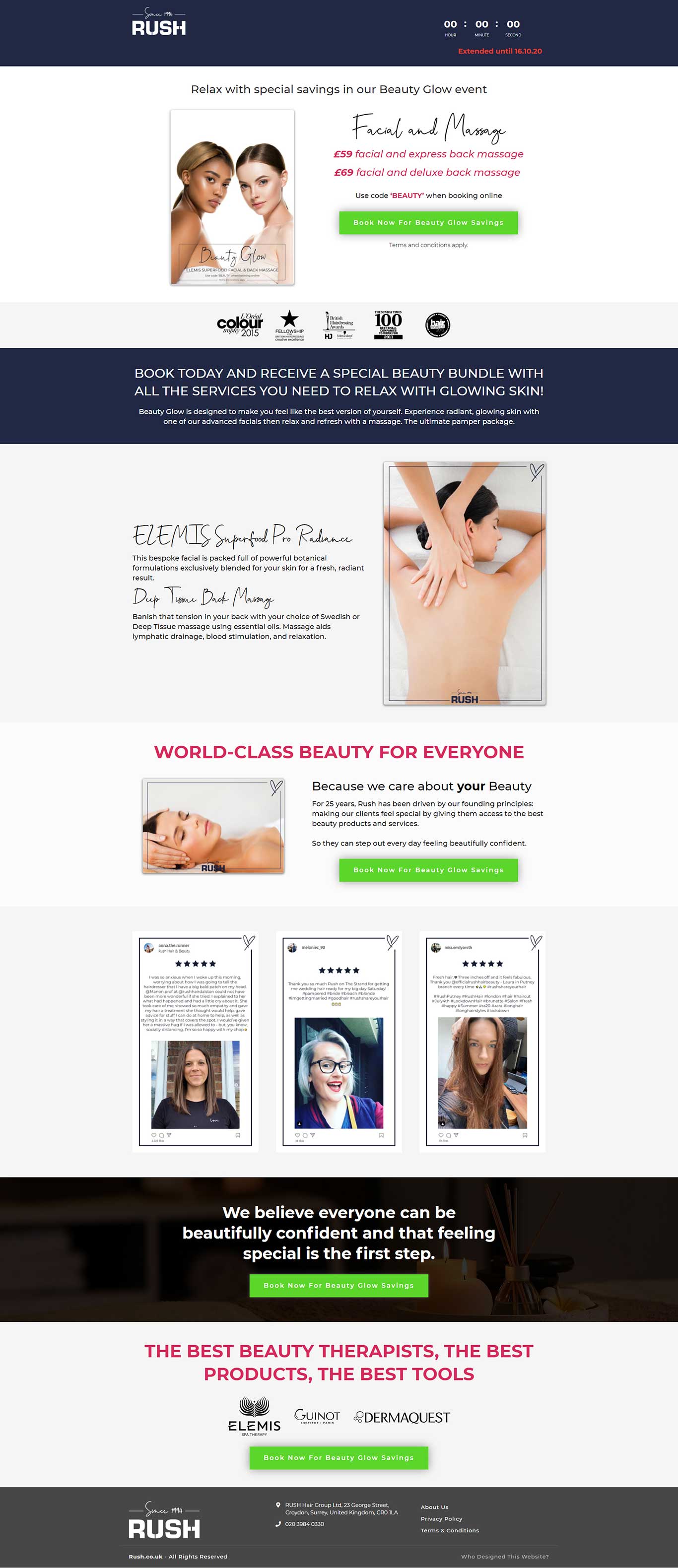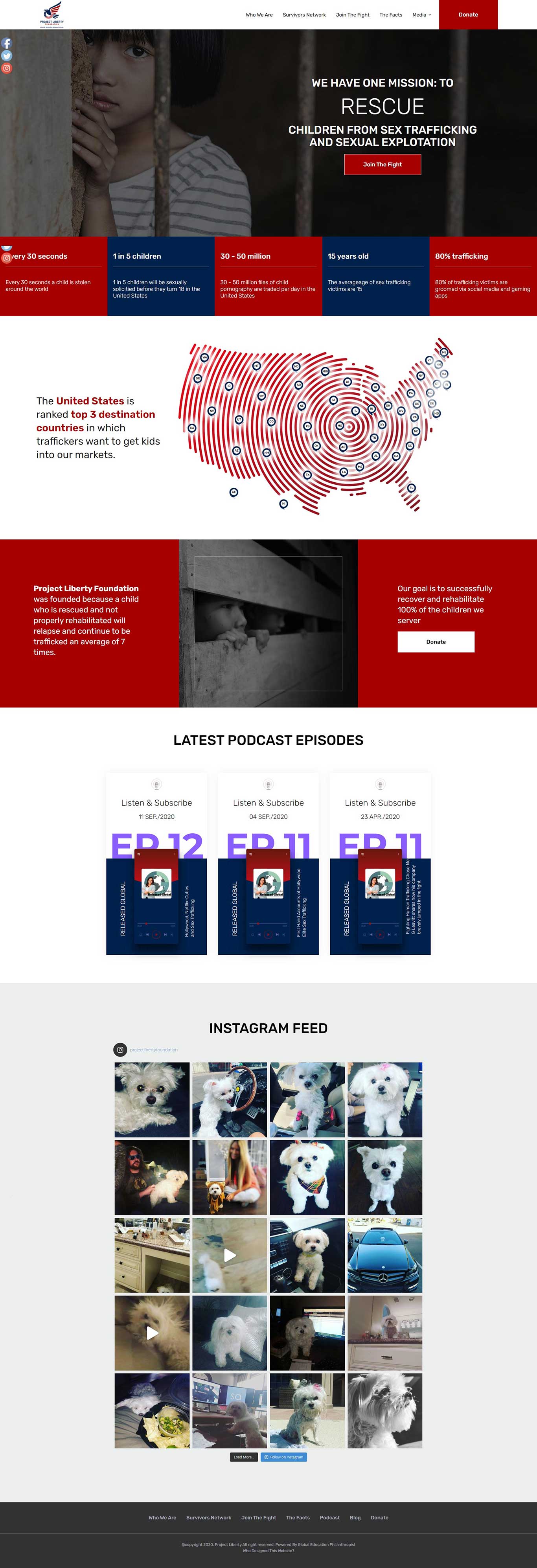Kindergarten lessons that increase LTV
Recently I read a pretty incredible book that I highly recommend to any business owner looking to turn a one-time purchaser into a lifelong customer.
And I can’t think of any Entrepreneur this wouldn’t apply to…
The title is Never Lose a Customer Again by Joey Coleman.
One of the first statistics Coleman reveals is that most companies lose up to 70% of their new customers within the first 100 days!
What this tell us, is these 100 days are CRUCIAL when it comes to properly onboarding a new client, as it can literally make or break your FUTURE relationship with them.
Let’s really put this in perspective…
I want you to think about any relationship you have. Whether that be your spouse, sibling, best friend, etc.
In any relationship, how easy is it for us to simply fall into a “comfort zone” with this individual?
For example, let’s take a spouse. After being with your spouse for a while, you might stop planning and going on date nights like you once did. Maybe you leave the top off the toothpaste tube, or eat that last yogurt without checking to see if they wanted it.

When we get too comfortable, we can take people for granted and that can feel like you’ve stopped caring for, and about them in their eyes.
In order for strong, meaningful relationships to grow and prosper, they must be based on a mutual respect, trust, open communication, kindness, and appreciation of one another.
The same holds true for your clients. When you start thinking about your clients in terms of important relationships, a positive mind shift occurs and you start treating your clients with more value.
Let’s go back to kindergarten…
Remember all those important life lessons you learned?
Share, play fair, don’t take things that aren’t yours, clean up your own mess, say you’re sorry when you hurt someone, etc.
These are just a few of the foundational elements to building strong, healthy relationships with others.
It takes time, effort, and care to build relationships. If you’re not willing to put that into a relationship, expect the other person to mirror the same lack of time, effort, attention, and care right back to you. In other words, what you give out will be reciprocated back to you.
If we are talking about a new business relationship and your client senses you aren’t putting the time, effort, and energy in with them, I’m sure you can see how it would be pretty easy to lose that client quickly.
As Entrepreneurs, we’re all guilty (at one time or another) of shiny object syndrome, right? I know I am…
When we first get a client, everything is new… We are excited, they are excited, and we devote a lot of time and attention to what they need. Then we get another new client, and the cycle restarts with the next new client, but what happens to the amount of time and attention that was given to that first client now? Sometimes a period of, or state of inactivity sets in.
According to Coleman, having a strategy for what you’ll do within those first 100 days with a client is the best way to keep them as your “customer for life”.
Let’s talk more about these 100 days…
100 days is a little over 3 months, right?
Think about a time in your life when you got a new pet. I’m going to use a kitten as an example, as I have three cats at my home 🙂
I remember clearly that beginning stage when I brought each of them home for the first time.
A new pet goes through a RANGE of emotions once they get into their new home.
They’re excited to explore, but cautious with the strangers around them.
They are happy to have found a safe place to land, but nervous about how this will all go.
So we keep a close watch on them, and do everything we can to build trust and help them understand that they’re here to stay.
How long would you say you did that with your new pet? At least 3 months?
Your new client is going through a similar range of emotions as they sign on with you. So what can you do to actively build that trust?
Coleman says, even before your client starts to use your product/service, they will transition through a series of 8 phases.
The first three of these phases occur before the client even becomes a client.
NOTE: Each phase builds on the previous phase.
I’m going to give you a summary of each of the phases he describes in his book.
Phase 1: Assess Their Needs
Your client is busy. They’re constantly making decisions and have lots of options. Your goal is to clearly understand their needs, pain points, and determine if YOU are their solution. This could even be considered your qualification of them. Are they your ideal client? Can you deliver what you promise to them with their specific circumstance? Part of what makes us unique as a marketing agency here at Business Nitrogen is our clients. We don’t take on any clients that aren’t aligned with our culture and core values. We set a discovery call with prospects to first determine if they are aligned with our culture. We then assess if we can really help them get to where they want to grow. Only if those two parameters are met do we take them on as a client.
Phase 2: Admit and Believe
Necessity is the mother of invention. Your prospect has a need. A problem that needs solving. If YOU or your product/service IS the solution to that problem or pain point, you must convey to them how you are different from everyone else out there. Why is your product or service the “ultimate” solution to their problem?
When they trust that you are the “only” solution next to competitors, or the choice of doing nothing at all, they will transition from prospect to client. Coleman calls this the Admit phase.
Phase 3: Affirm Their Decision Was the Right One
Think back to the new pet example. How cautious and emotional things can be when starting out in a new environment. The goal here is to stay ahead of your client’s feelings and expectations.
Understanding they will be going through a range of feelings, you have to be prepared and ready to address them. They might even experience doubt (sometimes buyer’s remorse). What can you do or say (knowing exactly where your client’s head is), to help swing things back to a positive thought or outcome?
How can you address these objections with them before they become objections? How can you affirm their decision to work you was the right one and also simultaneously making them feel confident and safe?
Phase 4: Activate the Relationship
As soon as a client commits, an activation of onboarding should occur. Going back to the example of shiny object syndrome, your client is just as excited as you are to get started (maybe even more so). They are anxious and energized, and now is a great moment to confirm they’ve made the right choice in choosing you, your product or service. This is a pivotal moment for them.
What you do in this activation/onboarding process should directly reflect and affirm their initial expectations (and if possible, ALWAYS strive to exceed them).
Phase 5: Acclimate Your Client
Never assume your clients KNOW your process. By communicating with them and setting expectations on how your process works, you build even more trust and give them confidence they are in the right hands.
If your clients don’t understand or are unclear on your process, disappointment and frustration can set in, negating all the trust you’ve built with them thus far. Acclimating your client with a simple document, or timeline is a great way to let your client know what’s to come, and what to expect during your time together.
Phase 6: Accomplish What You Say You’ll Do!
This goes without saying. Deliver what you promise and do what you say you’ll do. One of our core values here at Business Nitrogen is being Results Focused. Doing what we say we will do for our clients.
When you deliver what you promise, you have integrity and your business will thrive. You create “raving fans”. Raving fans are loyal. Raving fans cheer for you. Raving fans create unsolicited referrals too.
Phase 7: Adopt and Reward
When your clients believe in you and/or your product or service, adopting them into your “Family” is as easy as making them a part of something special. Some companies make their clients members of a special VIP program, or give them access to special rewards program (that only a limited number of people gain access to). For some companies, it’s sending cards of appreciation.
Making your clients feel special, and acknowledging and appreciating your clients creates a stronger bond between you and them.
Phase 8: Creating Advocates
Raving fans are a marketing source… Not many people realize the power of an unsolicited referral. Getting a recommendation from a friend, colleague, or family member holds so much more weight and credibility than any marketing campaign could. Think about the layers of skepticism that are removed when you talk to someone else that has used a product or service you are thinking of purchasing and had an incredible experience. That is why testimonials work as well as they do, and why they are used so often in marketing.
People love to recommend products and services to others. As human beings, we have a strong desire to help others and provide solutions. Arm your clients with the confidence to become a raving fan for you, your product or service.
So those are Coleman’s 8 phases. Next week, I’ll go through his 6 ways to communicate in each phase, and what we do here at Business Nitrogen so you have some tangible examples to follow if you so choose.
Until then…
To your success,
David





































































